- Joined
- 19 May 2005
- Posts
- 862
More photo's of the finished build...
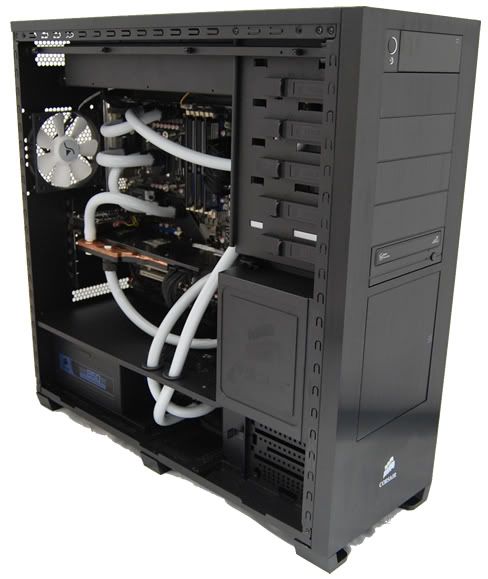

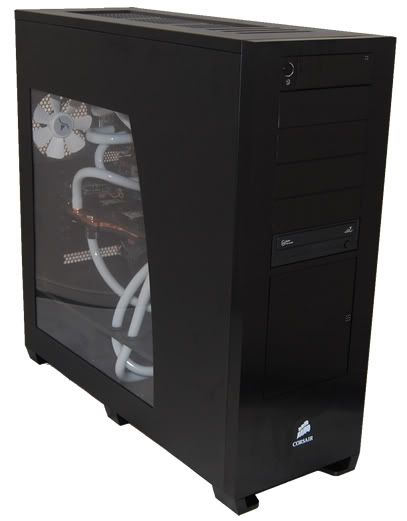
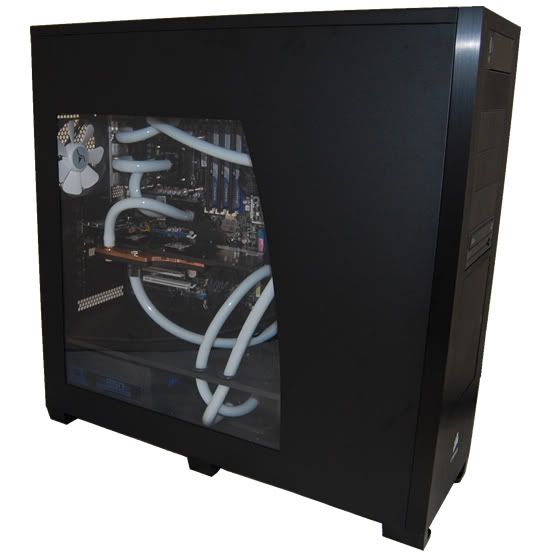
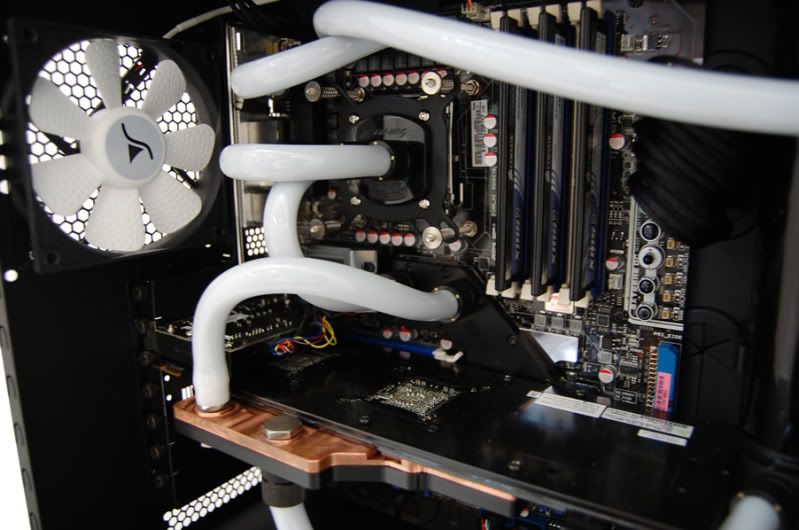
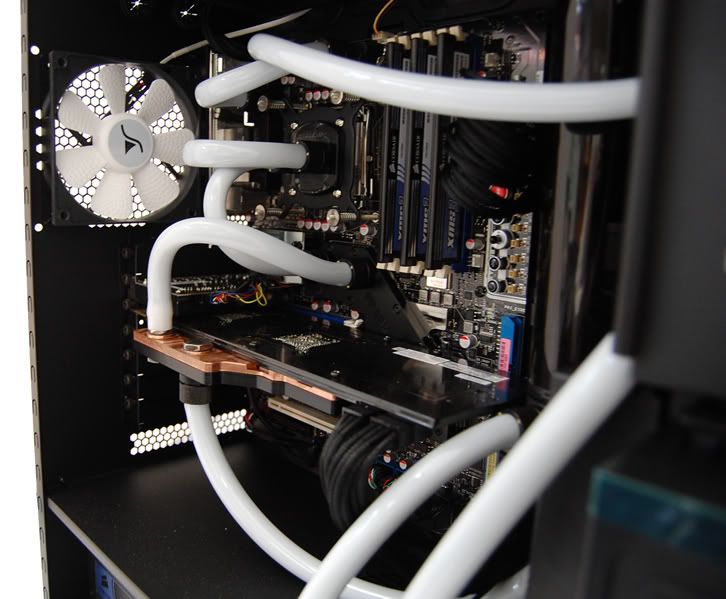
Phil






Phil







Love it, awesome setup
Very nice :O!
so want
Very nice! But isn't it missing a compression fitting?
I am sure if you make every effort it can look just as good. At least you can admire it when it is done and say I built that !!!
Mark

When i upgrade, it will deffo be a watercooled system. i've never done a watercooled system so i'll probably give it to you guys to do. i got a few questions.
As a central heating engineer i noticed that the pipe work is one pipe circuit, as in it will start for e.g. at cpu and end at say graphic card, does this not affect the temperature by the time it reaches the graphic card? can you not have like a two pipe system where they all go back to radiator individually? as i presume this would be a better cooled system?
Hi Asoxdri
I know nothing about central heating so i wont try to sound condescending but its different principles in pc watercooling i think.
The loop we have designed, is high flow and unrestricted. This means water goes into the blocks and out again very quickly. Water spends a lot of time in the rad and given how large it is, its cooled very well.
Normally you would start with cpu, gpu and then back to rad or something but in this loop we opted for pump > rad > mosfets > cpu > full cover motherboard block > gpu > res.
While the temperature will increase by the time it reaches the gpu, it will only be by a couple of degrees because like i said it spends very little time in the water block to heat up the water. Its all about in and out and quick as we can.
A two pipe system doesn't work and mess's up the flow. What most people do instead is have two completely separate loops, with two rads, res and pumps and while this does offer better cooling its offten more hassle than its worth.
It also depends on the type of watercooling your after...
Outright Performance
Quietness
Combination of the above.
Our systems are designed to be a combination of the two.
Phil

